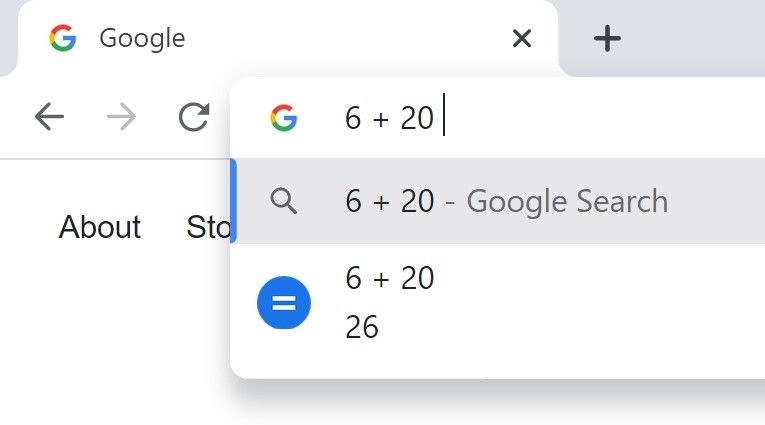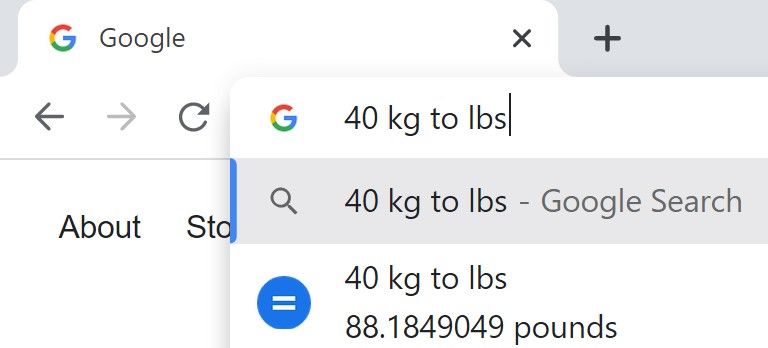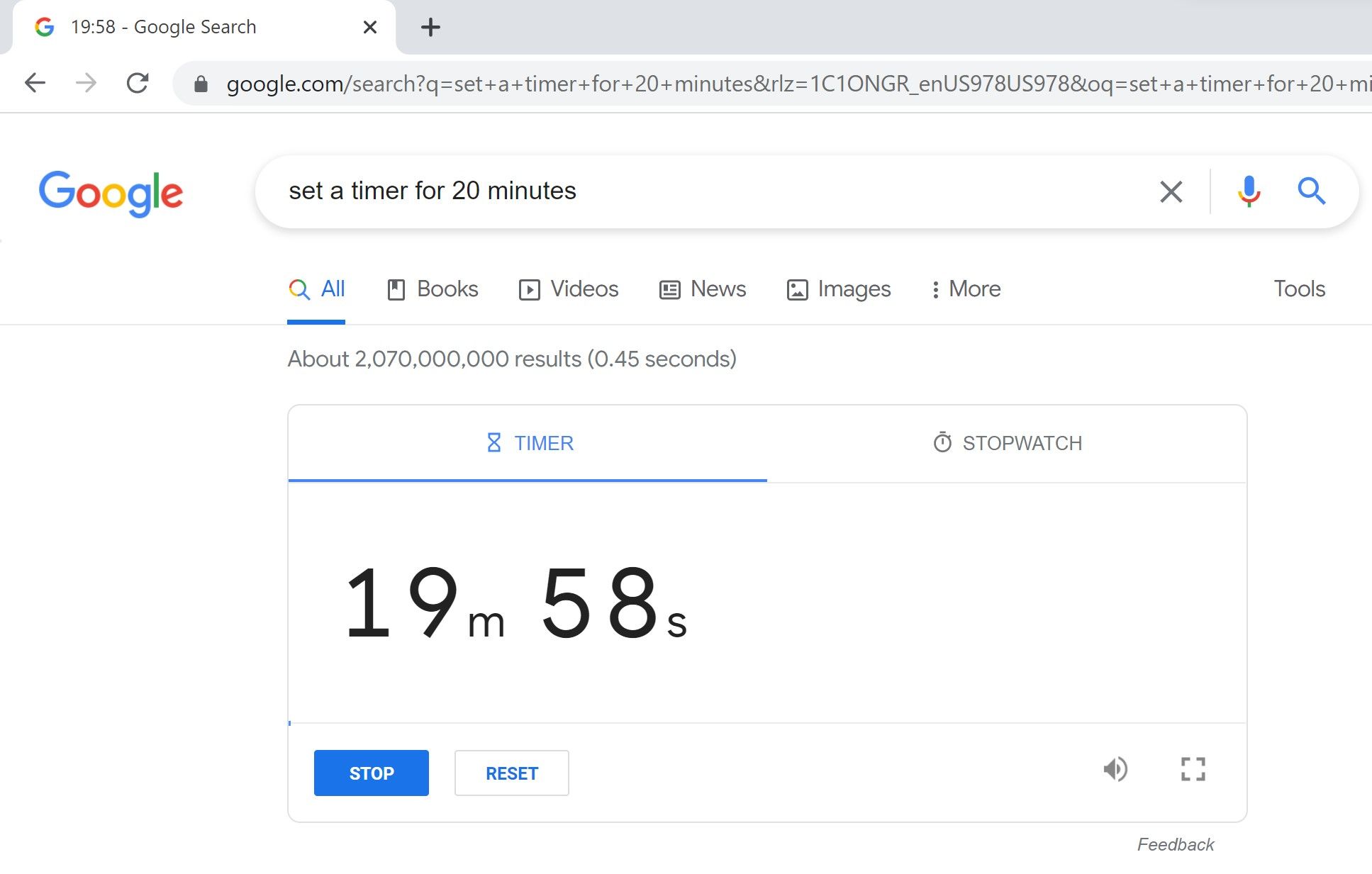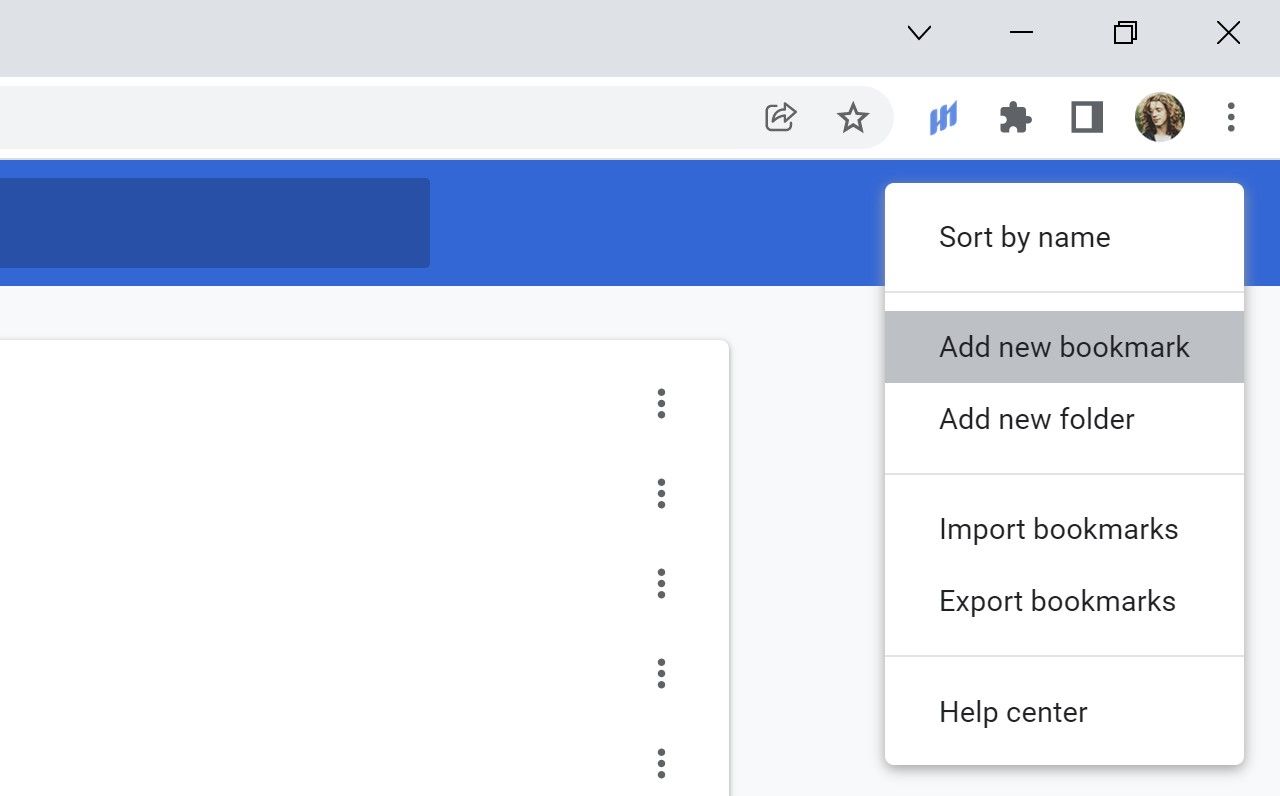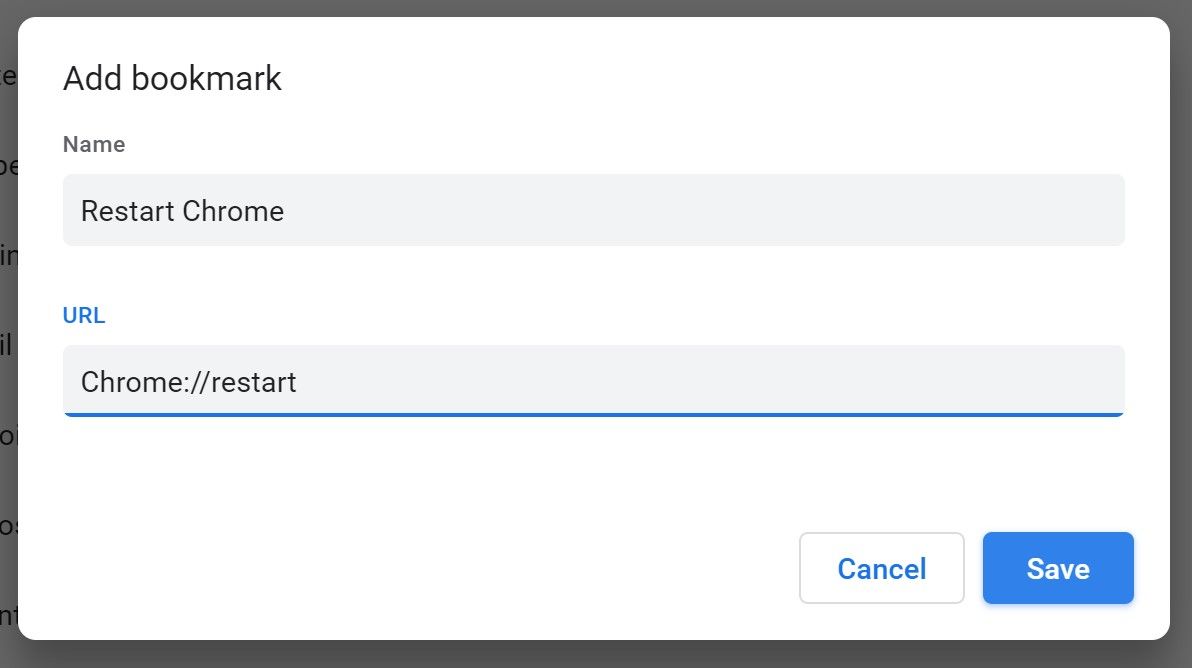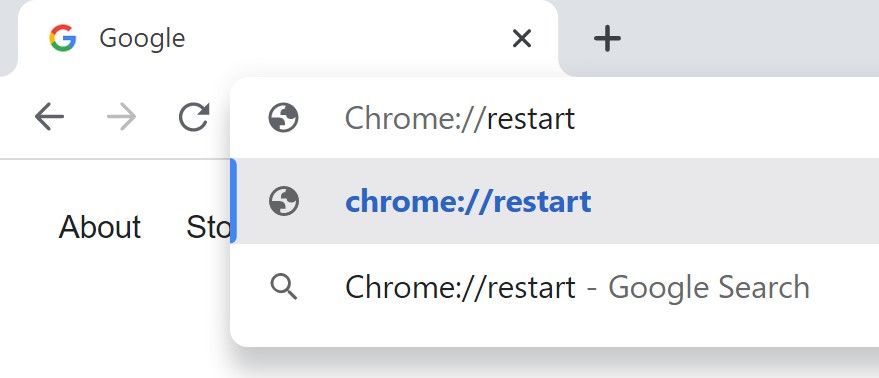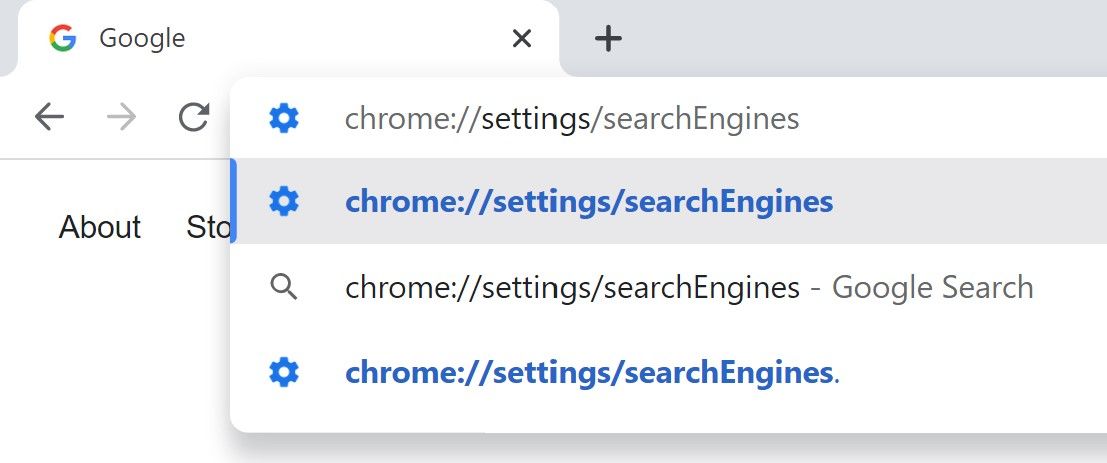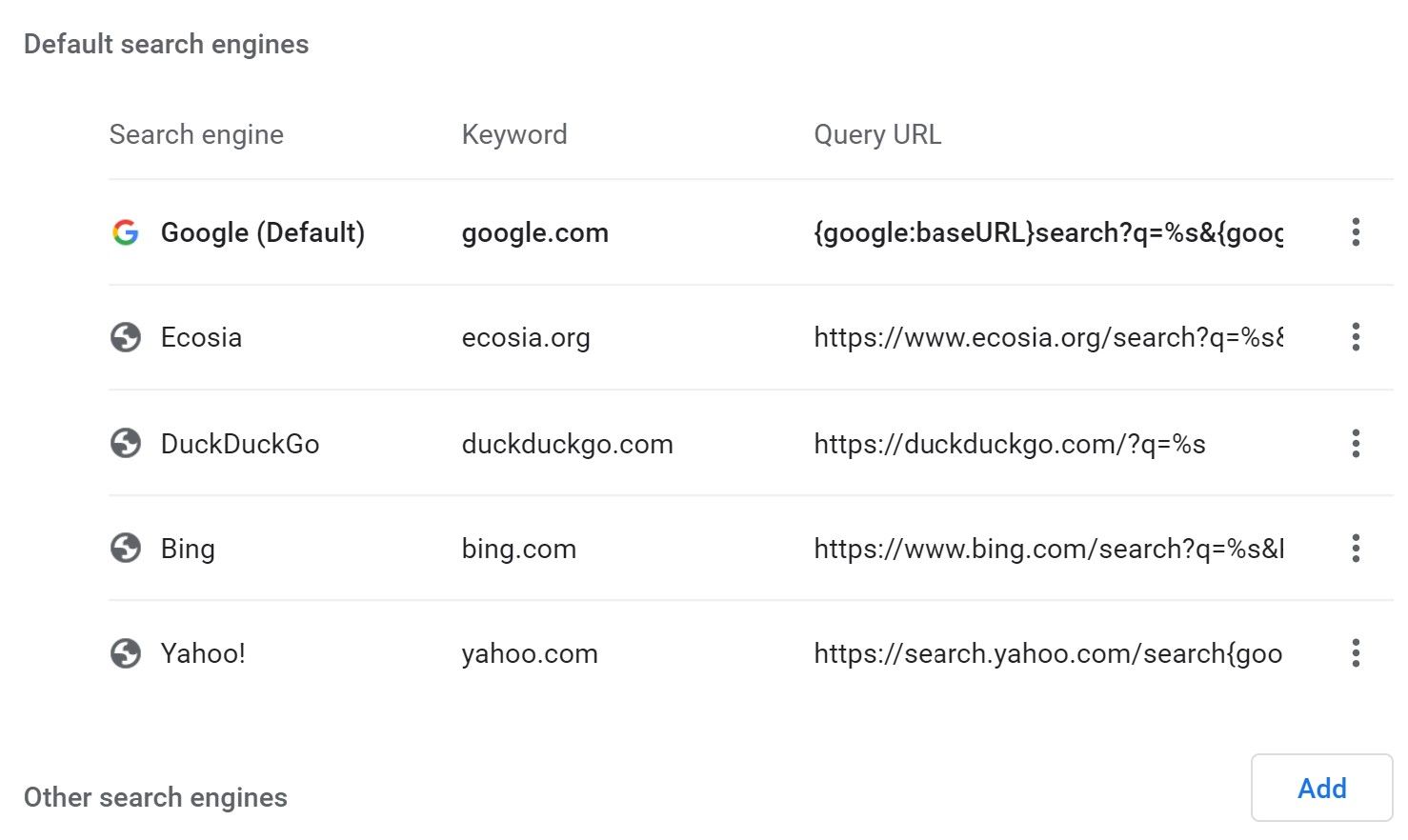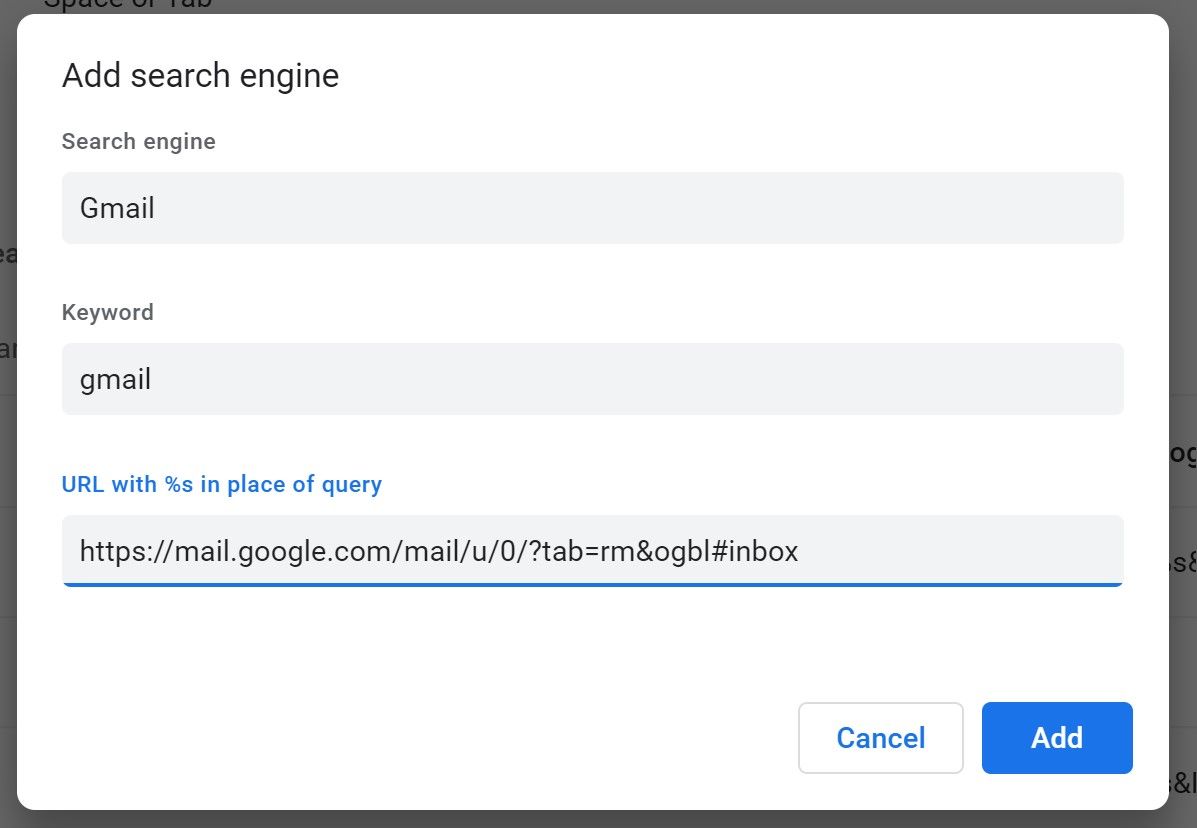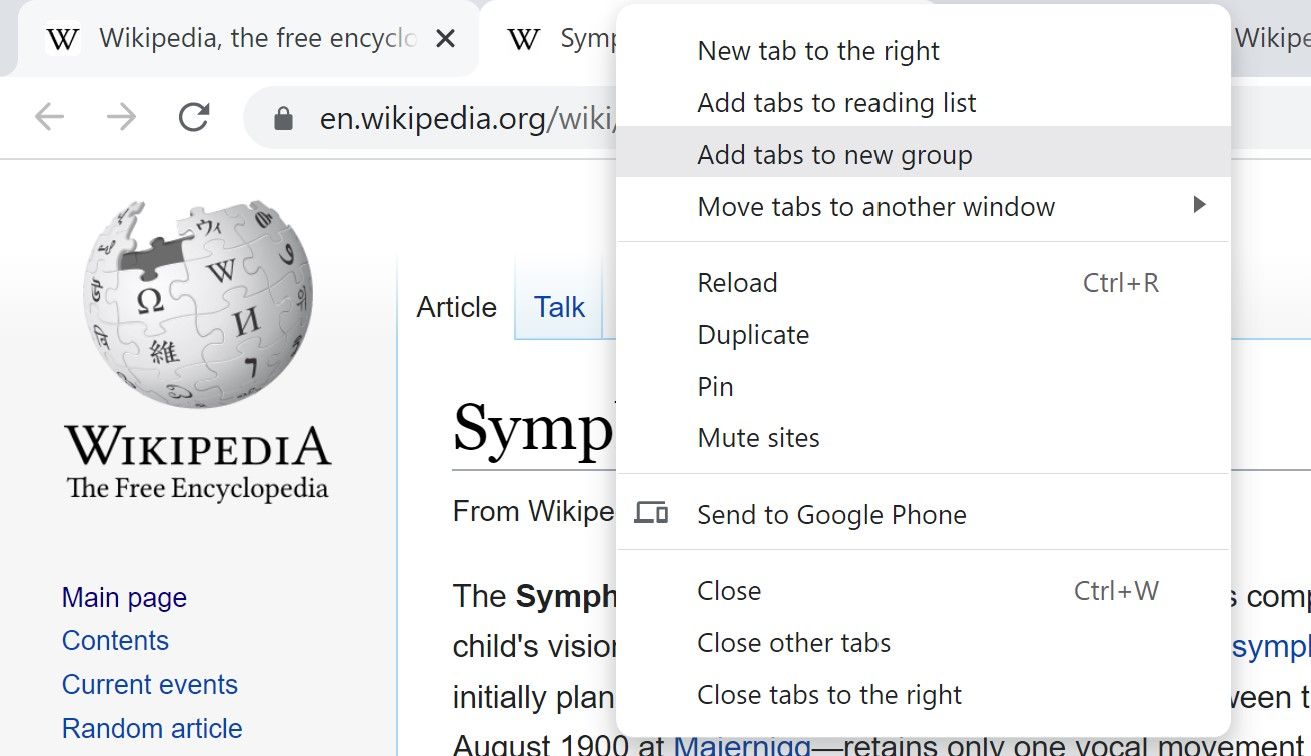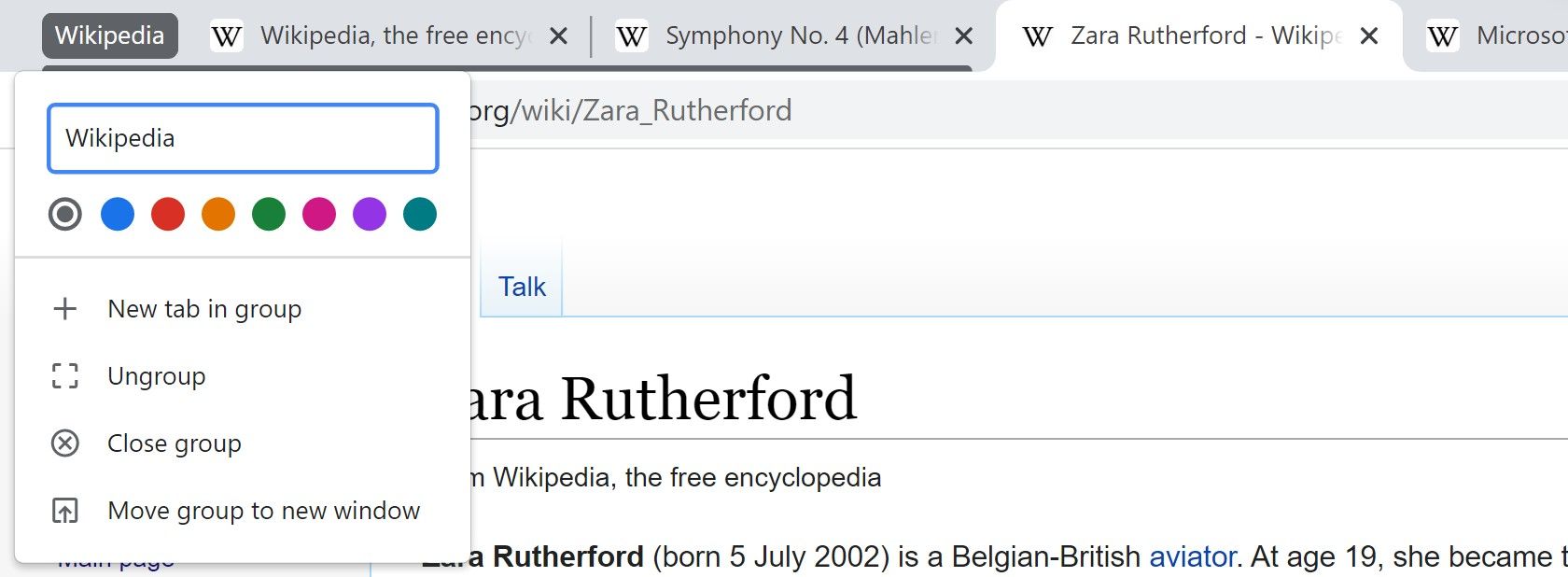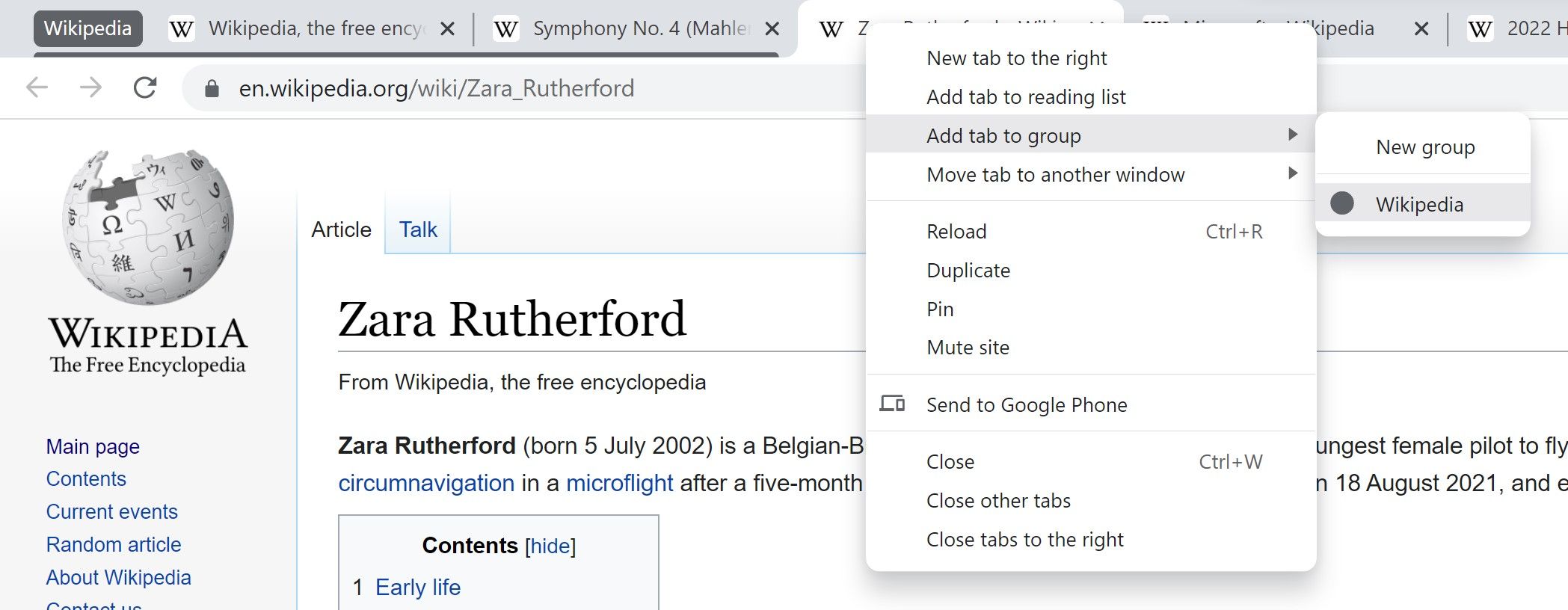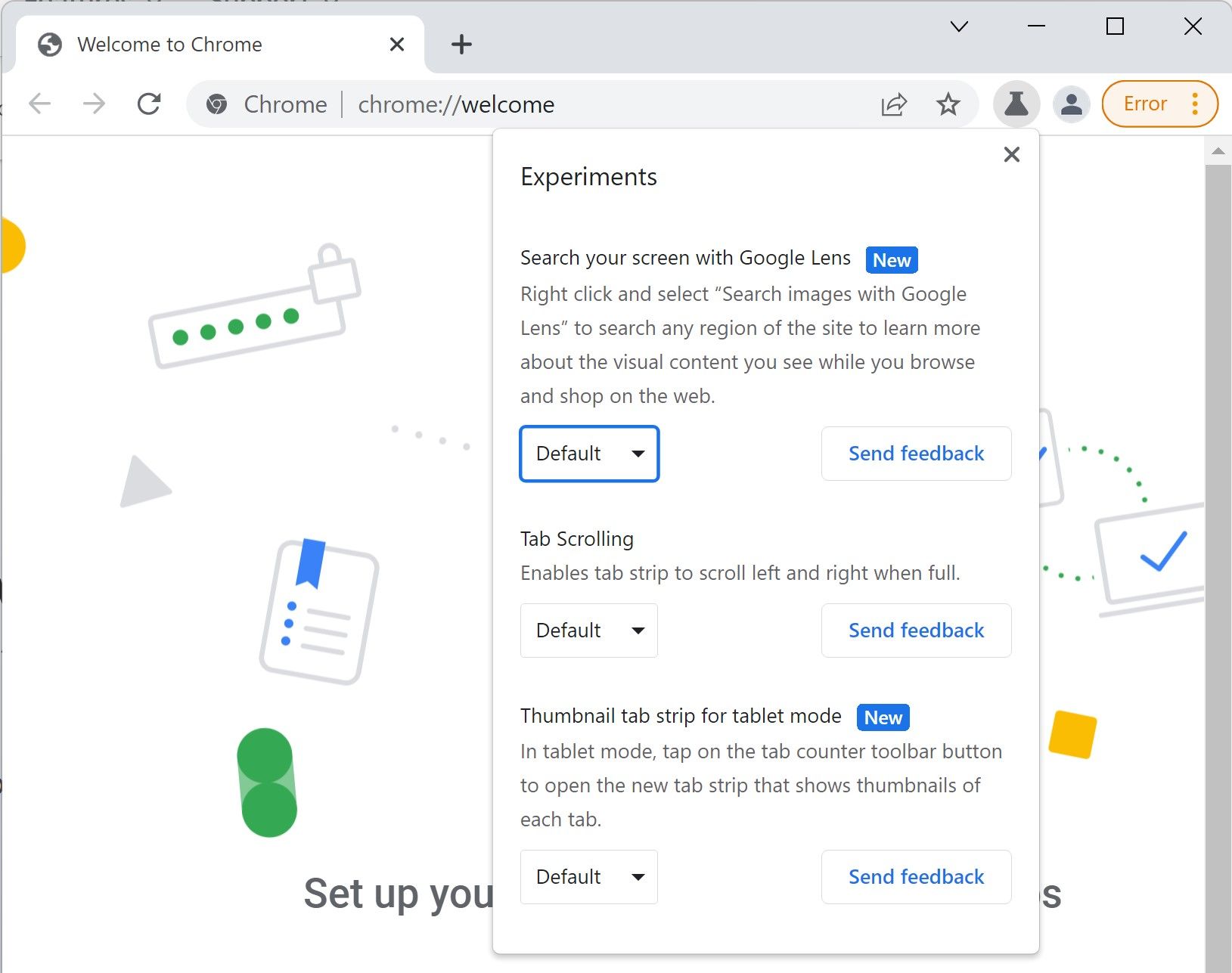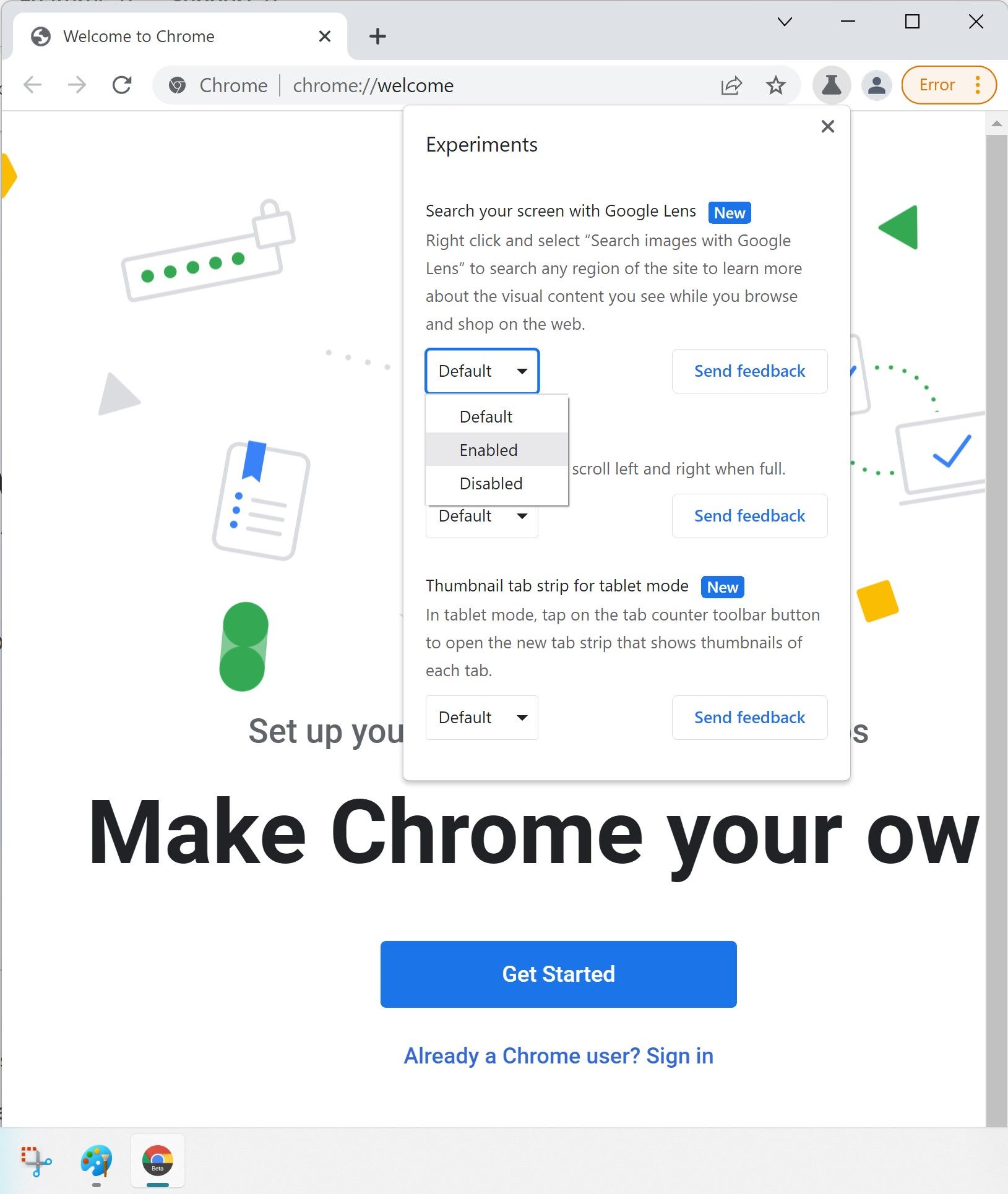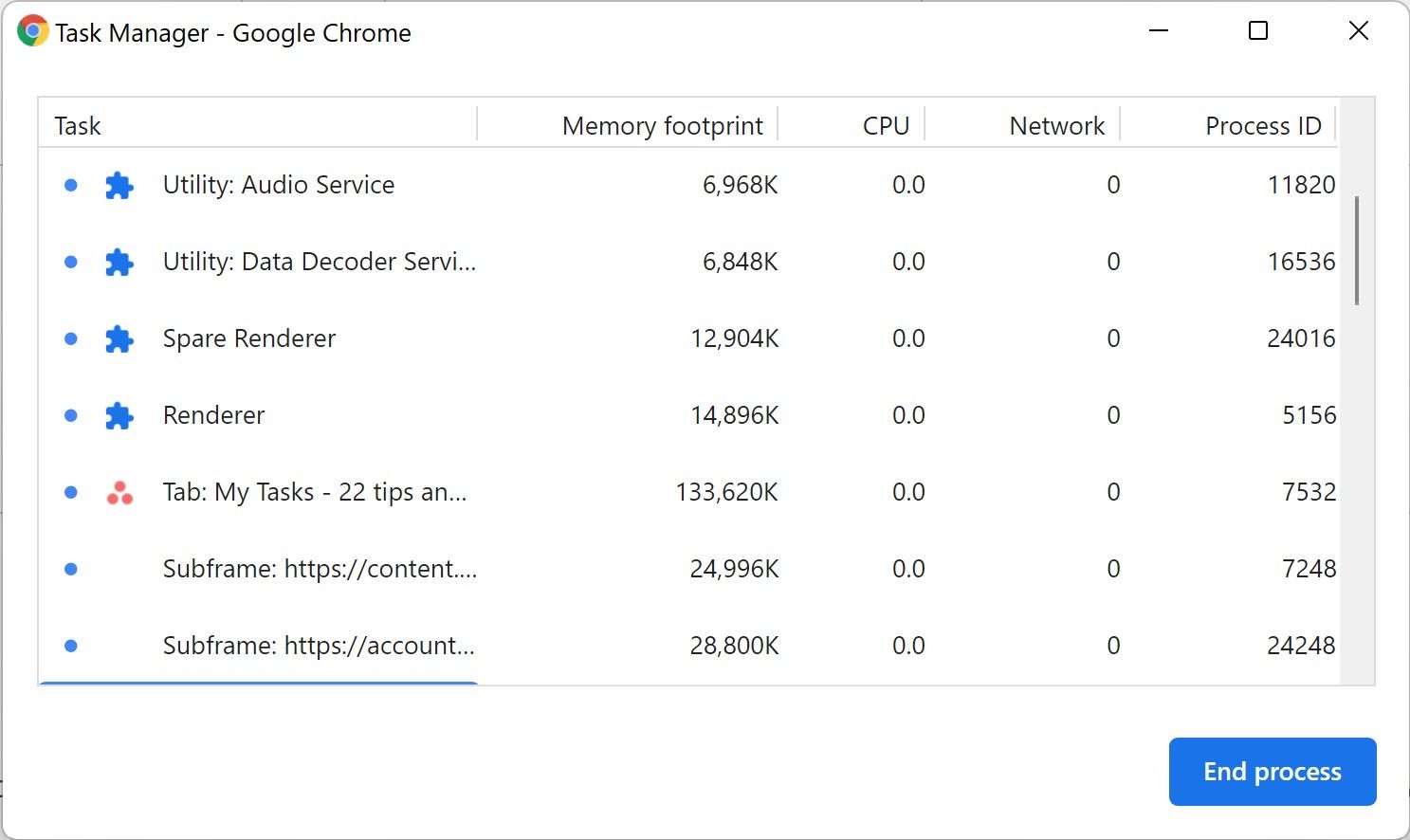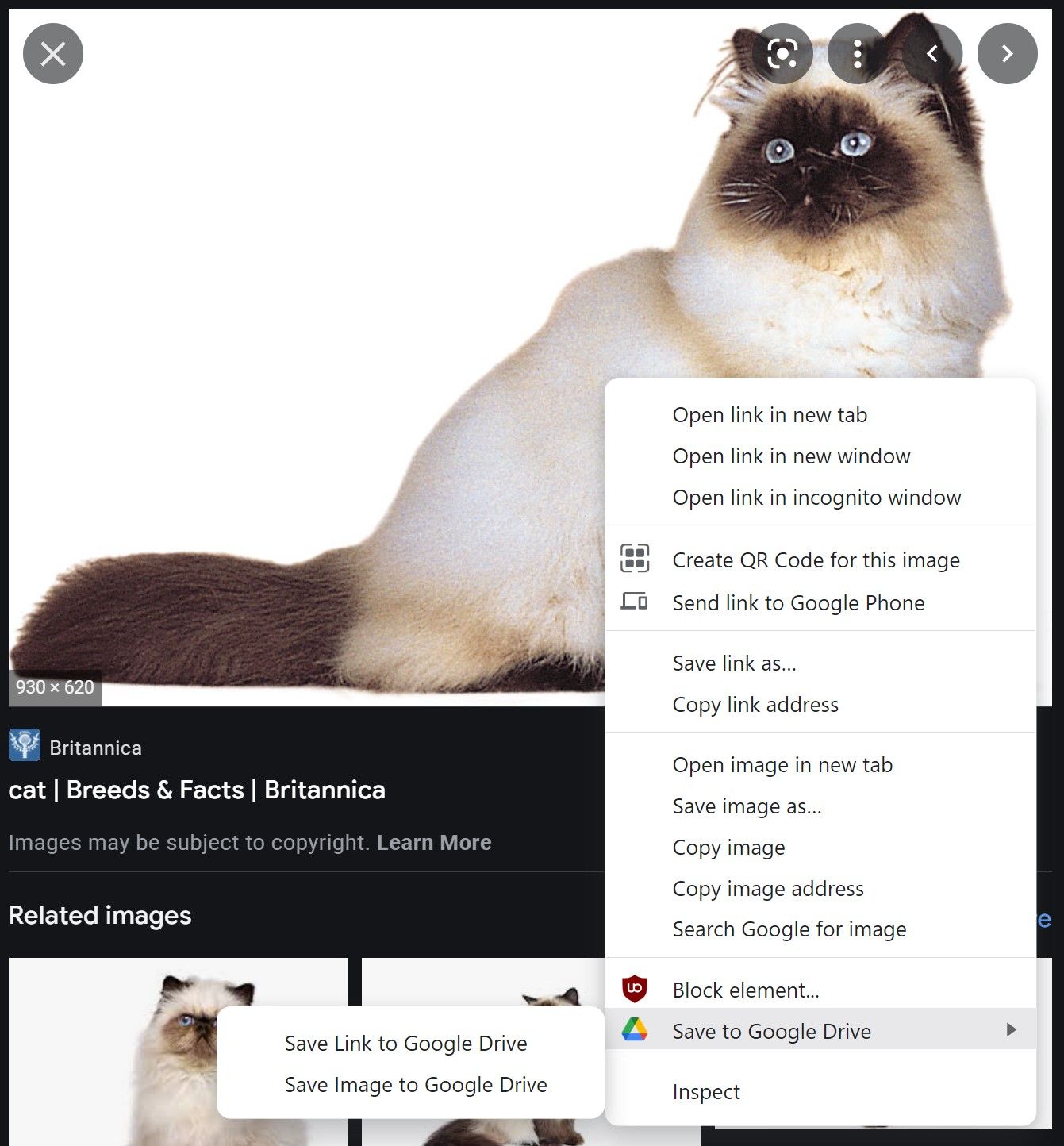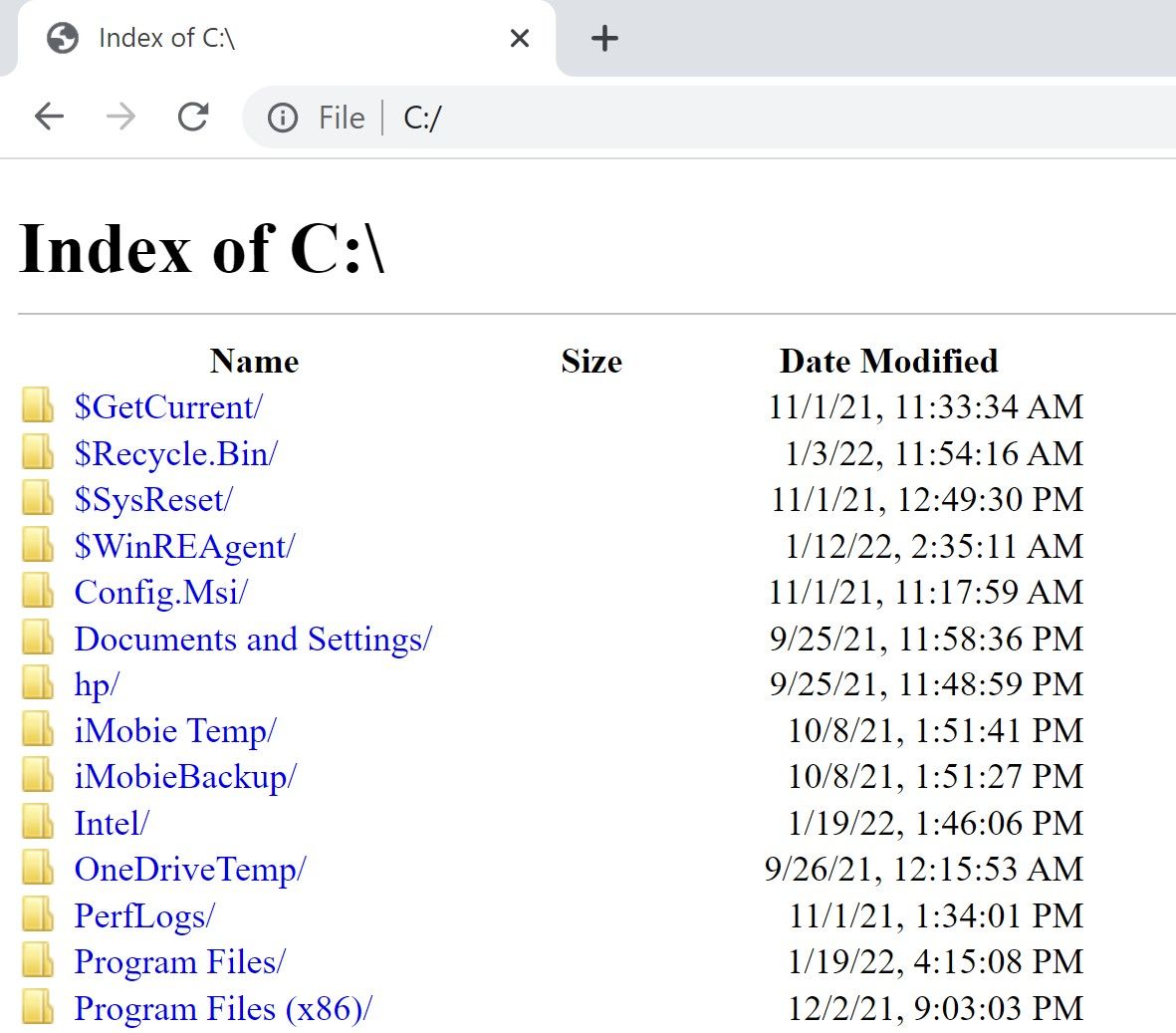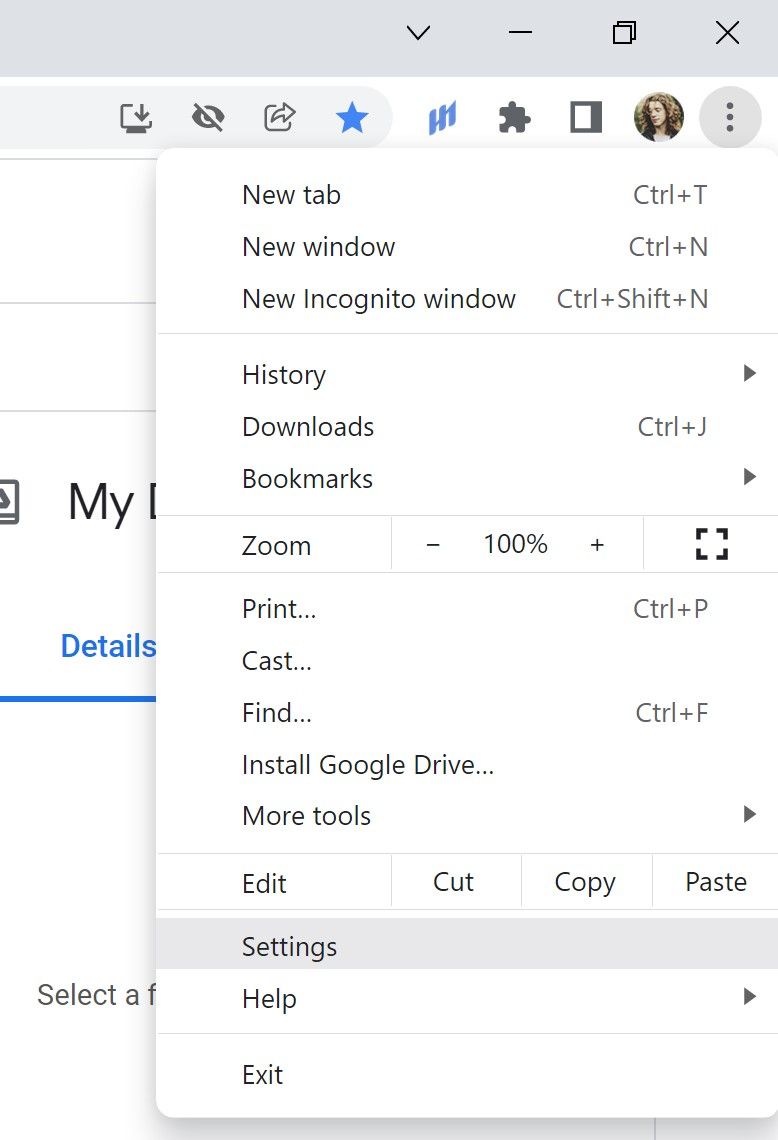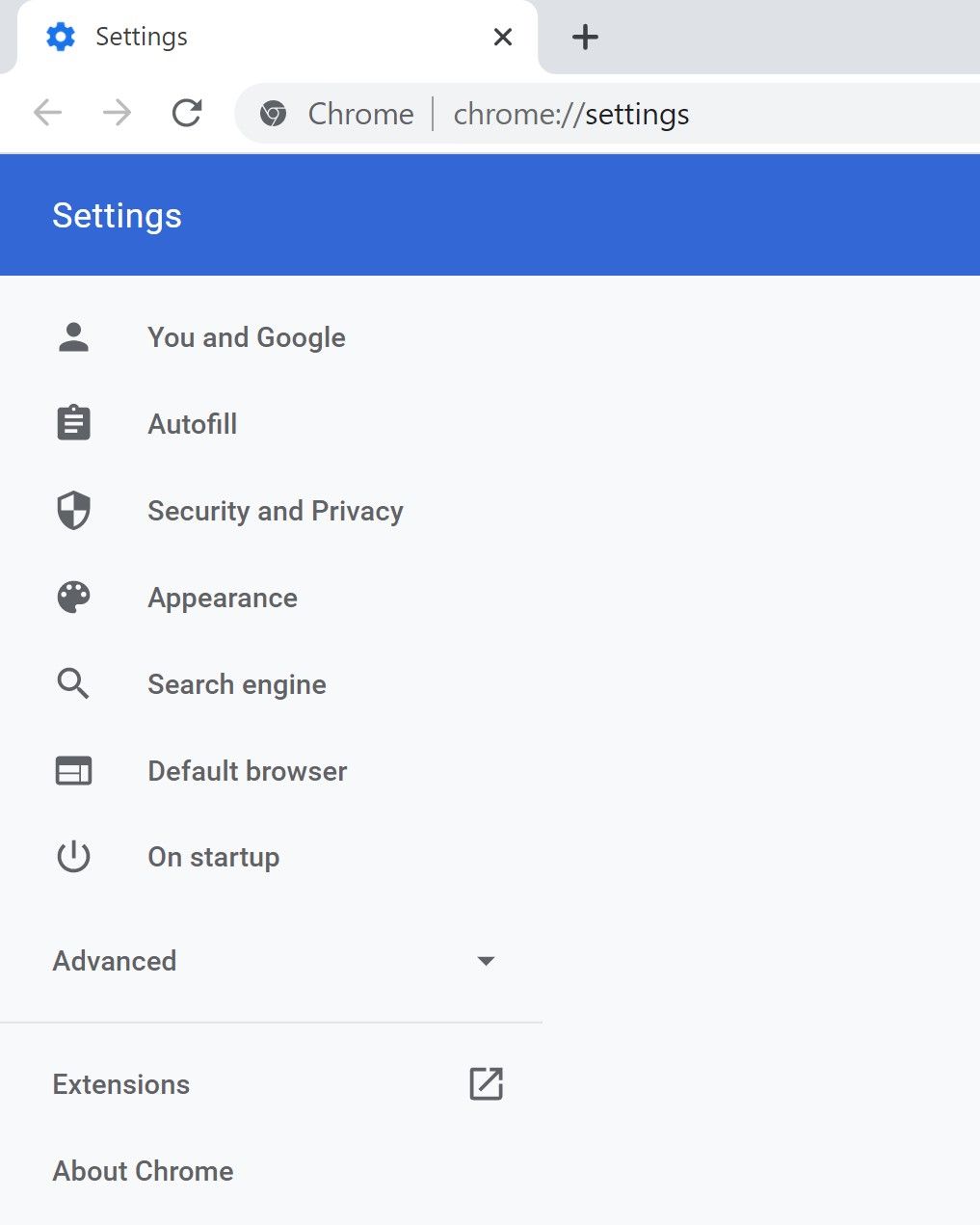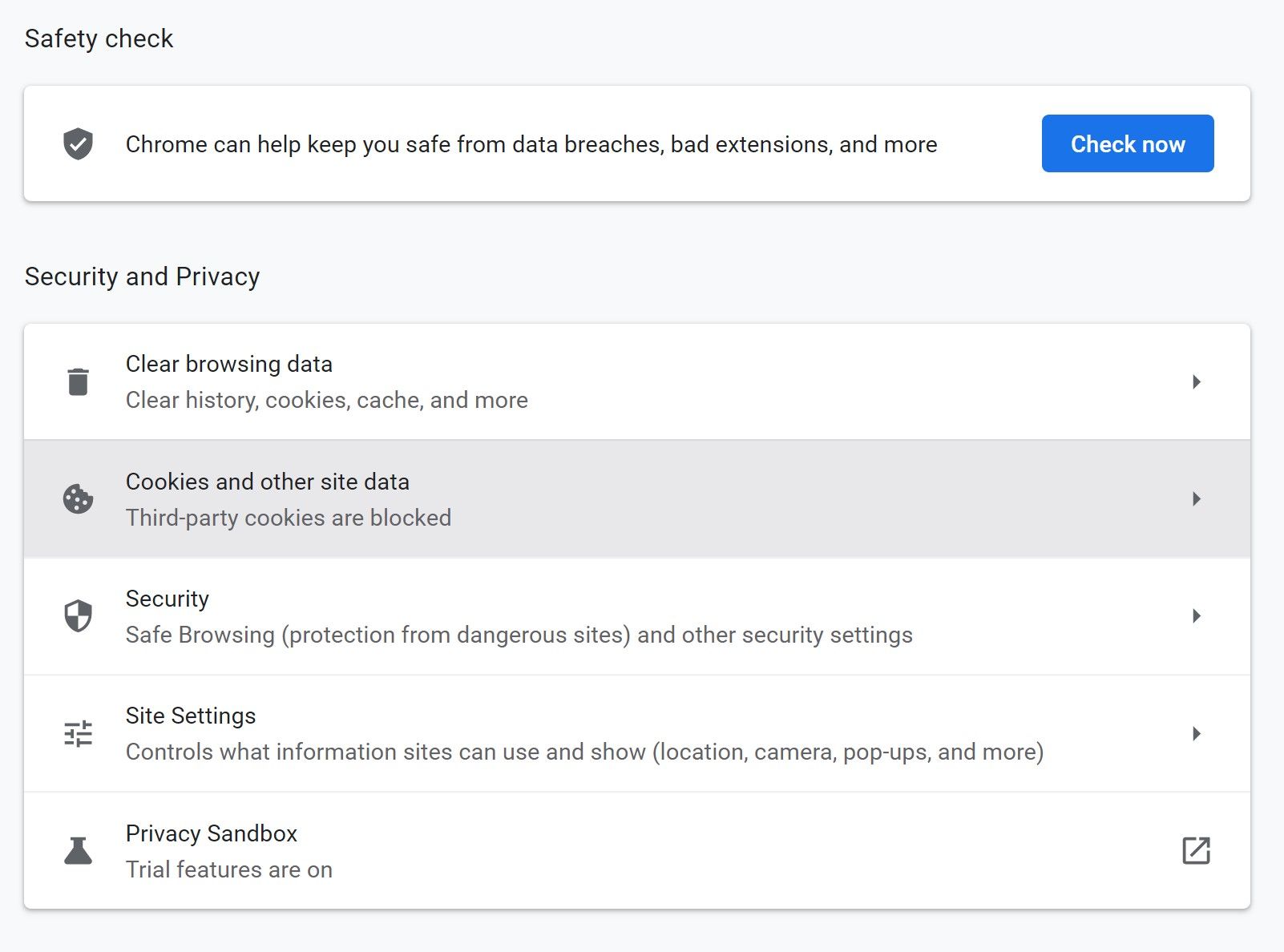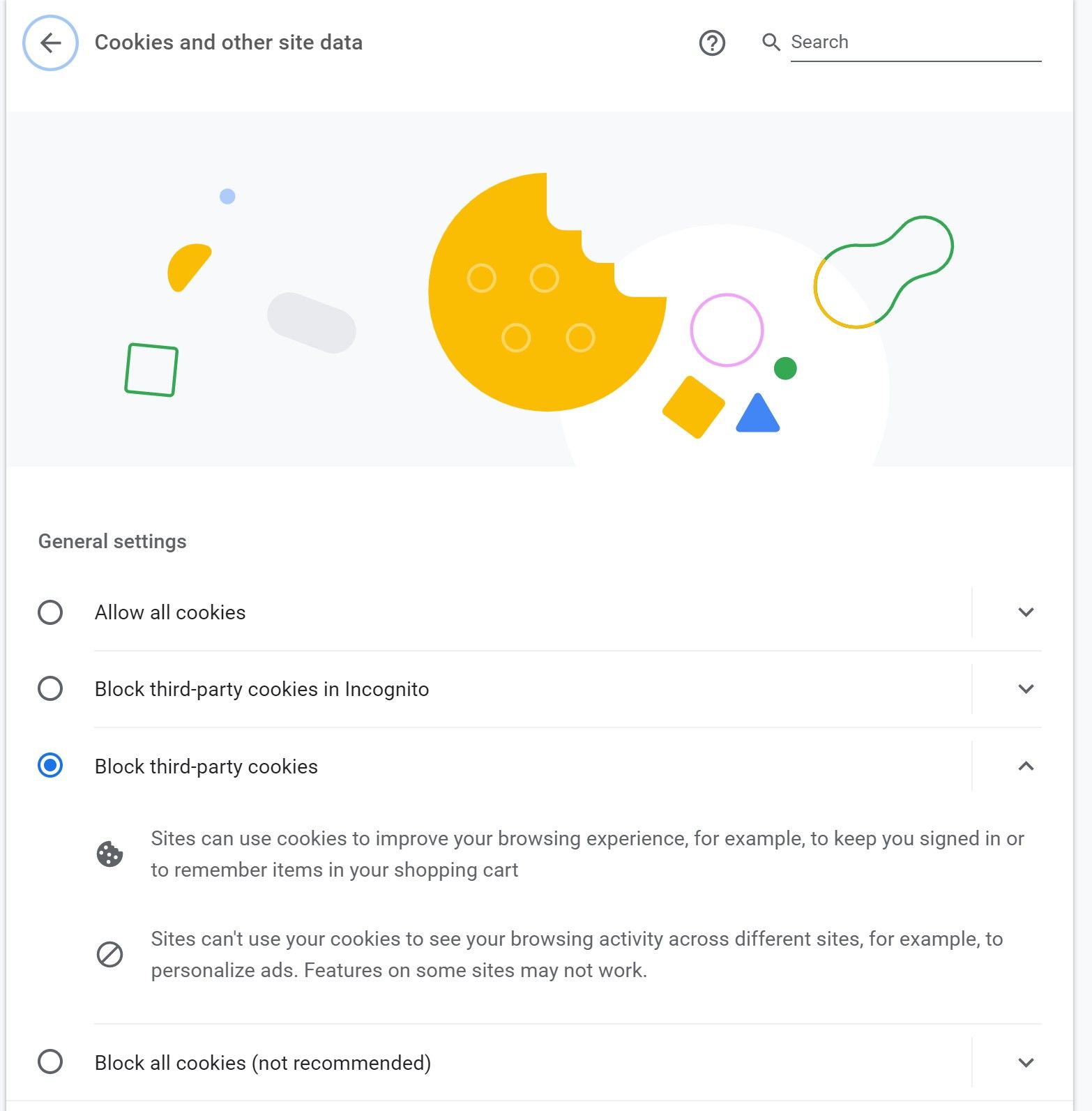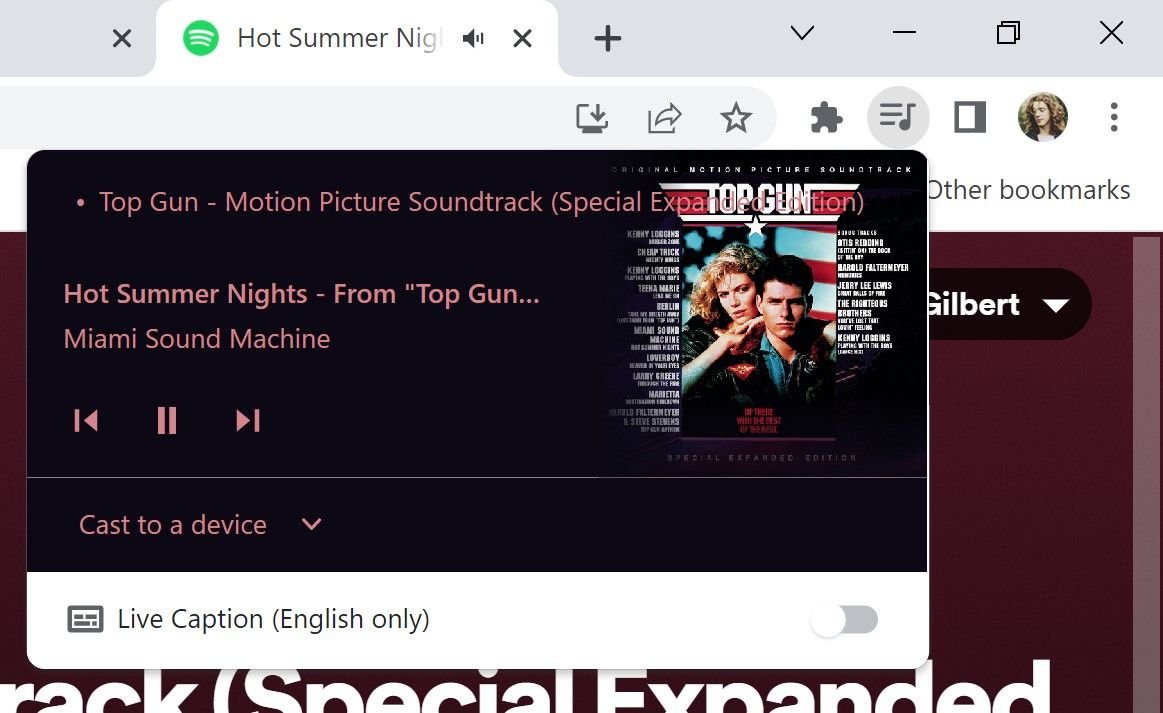- Like
- SHARE
- Digg
- Del
- Tumblr
- VKontakte
- Flattr
- Buffer
- Love This
- Save
- Odnoklassniki
- Meneame
- Blogger
- Amazon
- Yahoo Mail
- Gmail
- AOL
- Newsvine
- HackerNews
- Evernote
- MySpace
- Mail.ru
- Viadeo
- Line
- Comments
- Yummly
- SMS
- Viber
- Telegram
- JOIN
- Skype
- Facebook Messenger
- Kakao
- LiveJournal
- Yammer
- Edgar
- Fintel
- Mix
- Instapaper
- Copy Link
A web browser is an essential tool to access the internet, and Google Chrome is probably most people’s browser of choice. Chrome is available on just about every operating system; you’ll find it pre-installed on the best Android tablets and phones, and it’s available for Windows as well as in the App Store for iOS and MacOS. You only need a Google Account to take advantage of Chrome’s best features.
Chrome’s developers have continued to add new features over the years, such as extensions, themes, apps, and tab previews. The Chrome browser is the basis for the ChromeOS operating system, which is the operating system on all Chromebooks. Even though Chrome has a ton of great features, several of the lesser-known features can improve your experience. We collected 13 Google Chrome tips and tricks to help you make the most of your browser.
This post focuses on tips and tricks for the Google Chrome desktop browser. If you primarily use the Chrome app for Android or iOS, check out our top Google Chrome tips and tricks for mobile.
Use Google Chrome’s keyboard shortcuts
Shortcuts are the simplest way to boost your browsing productivity. They’re easy to learn and can speed up your browsing, even if you only open Chrome to watch funny cat videos (which is completely understandable). Here are some of our most used shortcuts, but there’s a full list of Chrome shortcuts on Google’s support page.
|
Action |
Shortcut (Windows) |
Shortcut (Mac) |
|
Open a new window |
Ctrl + n |
⌘ + n |
|
Open a new tab, and jump to it |
Ctrl + t |
⌘ + t |
|
Open your home page in the current tab |
Alt + Home |
⌘ + Shift + h |
|
Open the previous page |
Alt + Left Arrow |
⌘ + [ |
|
Close the current tab |
Ctrl + w |
⌘ + w |
|
Close the current window |
Ctrl + Shift |
⌘ + Shift + w |
|
Minimize the current window |
Alt + Space then n |
⌘ + m |
|
Go to the top of the page |
Home |
Shift + Space |
|
Quit Google Chrome |
Alt + f then x |
⌘ + q |
Answer quick queries with the Omnibox
That funky little box at the top of Chrome where you type in your website is called the Omnibox, and it isn’t just for website addresses. It’s also a calculator, currency converter, and more. Type your query into the Omnibox, and it provides you with the answer. You don’t need to press Enter to see the result. The Omnibox provides you with the answer in a pop-up window. Here are a few things you can do with the Omnibox:
- Simple math problems
- Convert currency
- Convert units
You can also use it as a search engine, and more complicated commands can be run by pressing Enter (for example, setting a timer).
Bookmark useful commands
Chrome incorporates a series of commands that allow users to access experimental features, open hidden pages, force close the browser, and more. You’ll see some examples below. You can access these by typing Chrome:// followed by the command into the Omnibox. Plus, you can bookmark these commands in your bookmarks bar for ease of use later. Here’s how to create a bookmark for a command in Chrome:
- Open the Bookmark manager by pressing Ctrl + Shift + O .
- Click the bottommost three-button menu in the upper-right corner.
- Tap Add new bookmark .
- Type a name for the bookmark under Name .
- Enter the command under URL .
- Tap Save .
Use the Restart Chrome command
Forcing a restart is one of the most useful commands included in Google Chrome. Simply type Chrome://restart into your Omnibox, and Chrome immediately restarts. This closes and reopens all Chrome windows and tabs, except for incognito tabs, which close but do not reopen. It also closes any other profiles you had open. Bookmarking this command (as detailed above) makes restarting Chrome even quicker.
Create a custom search engine
You’re not limited to searching with Google search in the Omnibox. You can customize it to search any website of your choosing. Follow these steps to set up a custom search engine.
- Type chrome://settings/searchEngines into the Omnibox.
- Click Add next to Site search (under the Search engines section).
- Enter your desired name.
- Type a shortcut. You’ll type the shortcut before your query to activate the custom search engine. For example, you could set queries that begin with “gmail” to search your Gmail inbox rather than Google.
- Fill in the URL of the website you want your shortcut to search with the characters %s standing in for your search query, for example, https://mail.google.com/mail/u/0/#search/%s.
- You must enter the URL as it appears when you perform a search with %s where the search term normally goes. For example, https://gmail.com%s will not work.
- Tap Add .
- To search, type your shortcut in the address bar, press Tab on your keyboard, then enter your query.
For further details, check out our in-depth guide on how to use Chrome’s custom search engine.
Manage your Chrome tabs with tab groups
If you like to keep scores of tabs open but get overwhelmed when you see them all at once, Google Chrome has a feature for you. A feature called tab groups can help you manage your clutter by putting any number of tabs into a group that appears as a single tab. Here’s how to set up tab groups:
- Left-click an open tab, then hold Shift and click another tab to select the tabs to put into a group. The two tabs you clicked and any tabs between these two are selected.
- Right-click any of these tabs.
- Tap Add tabs to new group .
- Name the group.
Once you’ve created a tab group, left-click the group name to expand and collapse the group.
How to add a tab to an existing group
You may want to add a tab or two to a group you created. To do so:
- Right-click the tab.
- Click Add tab to group.
- Select the group you wish to add to.
Test out Chrome’s Beta features
To test the latest features of Chrome before they’re released to the public, you’ll want to check out experimental features. These features are not fully finalized, so you might be able to give feedback to help shape the final product. To give this a shot, follow these steps:
- Download and install Google Chrome Beta .
- Open Google Chrome Beta.
- Tap the Experiments button.
- Click the drop-down menu underneath the feature you wish to try.
- Tap Get Started .
Manage tasks with Chrome’s Task Manager
For those familiar with the Windows task manager, you’ll feel right at home with Chrome’s Task Manager. Task Manager is an easy way to check which web page, extension, or app is causing problems and lets you see how Chrome uses memory and processing bandwidth. On Windows, press Shift + Esc to open the Task Manager. On macOS, click Window in the menu bar at the top of your screen, then select Task Manager. If you have a Chromebook, press Search + esc simultaneously to access it.
Save files directly to Google Drive
Rather than downloading files and immediately uploading them to Google Drive, you can skip the intermediate step with this nifty extension from Google. Once installed, you can save files to Google Drive instead of your computer’s local storage.
After setup, you’ll see an extra option called Save to Google Drive when right-clicking hyperlinks or media. Click this option, and the extension saves it to Google Drive.
Open File Explorer for Windows in Chrome
Chrome can be used as a file explorer for Windows PCs instead of the built-in file explorer. Simply type C: into your Omnibox and press Enter on your keyboard, and you’ll be presented with a basic file explorer. While bare-bones, it’s a useful way to quickly pull up files if you know exactly where they’re located without leaving Chrome. This is especially useful if you want to edit a PDF or Word file in Chrome.
Automatically block third-party cookies
When a website asks you to enable cookies, those are first-party cookies. They are provided by the website you’re visiting and can typically be approved or denied when visiting that site for the first time. Third-party cookies are provided by other sites that provide content for the site you’re visiting (such as ads or images), and blocking those requires a little more work. Follow these steps to block third-party cookies automatically:
- Click the three-button menu in the upper-right corner of Chrome.
- Tap Settings .
- Tap Security and Privacy .
- Tap Cookies and other site data .
- Select Block third-party cookies .
Link to highlighted text
Google Chrome offers the ability to link to a specific piece of text on a web page. When this link is clicked, the page auto-scrolls down to the selected text and highlights it. It’s a great tool if you want to share a segment of a page without forcing the recipient to search through the article for your relevant point.
- Highlight the text you wish to share.
- Right-click.
- Tap Copy link to highlight .
- Share the link.
Control sound on a different tab
When playing music or videos in a different tab than the one you’re working in, it can be frustrating to switch back and forth to control the sound. Google Chrome has a media player built into the taskbar, but it’s easy to miss. While playing media, a little icon appears to the right of your address bar that looks like three lines with a musical note. Tap it, and a pop-up window appears where you can pause, skip tracks, or cast to a device. It appears on any tab and also on separate windows.
Supercharge your Chrome experience
Chrome has some phenomenal features that are easily found, but even more great features are hidden under the surface. These tips and tricks save you time when using Chrome and make your overall experience more fluid. To take advantage of all of Chrome’s awesome features and tricks, make it the default browser on all your devices.

